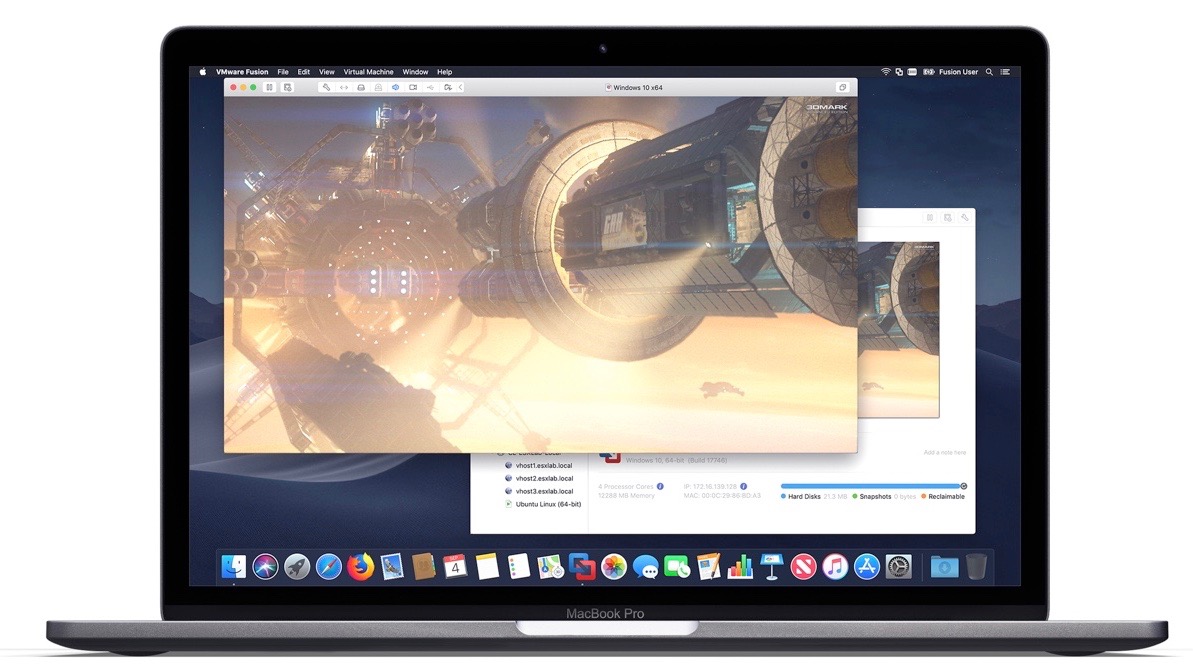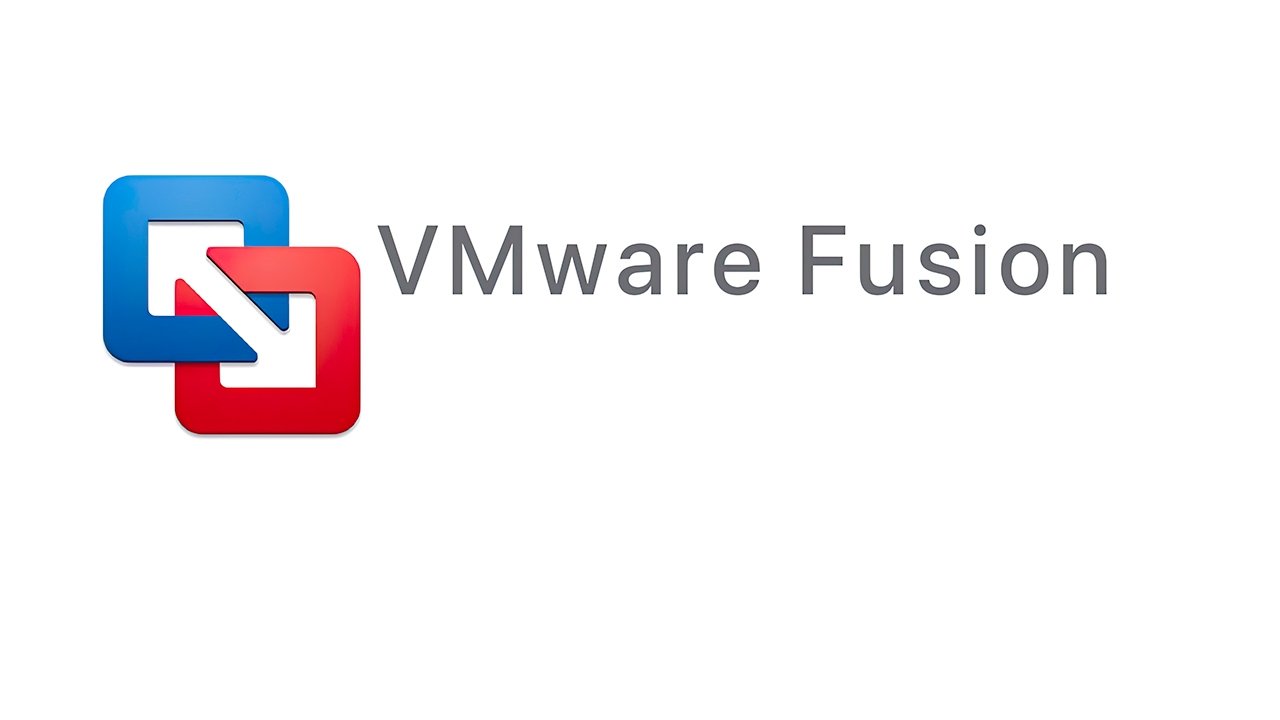
- #Vmware fusion apple silicon how to
- #Vmware fusion apple silicon mac os
- #Vmware fusion apple silicon install
- #Vmware fusion apple silicon windows 10
#Vmware fusion apple silicon mac os
In the days before Intel Macs, Microsoft offered a tool called Virtual PC that allowed users of PowerPC Macs to run Windows under Mac OS X, similar to what Parallels and VMWare Fusion do today. If you still need to dual-boot into Windows, you’ll want to stick with an Intel Mac for now.
#Vmware fusion apple silicon windows 10
While there are ARM-based versions of Windows 10 out there, it’s unclear whether they’ll be natively supported on Apple Silicon, and while that could be coming eventually, we wouldn’t recommend holding your breath. This means that Boot Camp is going to be a thing of the past. Well, as much as you couldn’t natively run Windows on Apple’s older PowerPC architecture, you won’t be able to run it on Apple Silicon either.
#Vmware fusion apple silicon install
Since MacBooks and iMacs used the same Intel chips as Windows PC, you could natively install Windows in a separate partition, and Apple even made this easy through a utility known as “Boot Camp” that would offer to build the partition, start the Windows installation process from your own CD, and even supply all of the necessary Windows drivers for Apple’s hardware. One of the best things about Apple’s transition to Intel back in 2006 was that Mac owners were suddenly able to natively run Windows on their devices. Unfortunately, Rosetta can only go so far.

Both the original Rosetta and Universal binaries worked very well 14 years ago, so leveraging the same names for this transition should instil confidence as users purchase the newer Macs using Apple’s own chips. The naming may not be original, but it’s classic and reflects Apple’s continued commitment to providing the smoothest transition possible. With the transition to Apple Silicon, the company is naturally bringing with it another transitional layer, and it’s chosen to bring back the name Rosetta along with it, dubbing it simply “Rosetta 2.” Even the new Intel-and-ARM “universal” binaries that developers will be able to build in order to support both older Intel Macs and the new Apple Silicon Macs are simply being named “Universal 2” binaries.

Apple’s solution to this was a framework called “Rosetta” that could automatically translate PowerPC apps into Intel on the fly, and while it had a few caveats, the technology performed remarkably well.

#Vmware fusion apple silicon how to
When Apple made the transition from PowerPC chips to Intel chips 14 years ago, it had an understandable problem: How to ensure that users buying new Macs wouldn’t be faced within a collection of unusable apps that hadn’t yet been redesigned for the new architecture. So there’s no mistake that under the hood these are going to use the same ultra-powerful architecture as Apple’s iPhone and iPad devices, which should be a huge boon for developers building cross-platform apps, but it’s not going to be without its challenges and growing pains. The current “transition kit” for developers is using the same A12Z chip that’s in Apple’s current 2020 iPad Pro, built into a Mac mini running a pre-release version of macOS Big Sur. Of course, Apple didn’t use the word “ARM” to describe the new chips instead, it’s calling them “Apple Silicon” - at least until it’s ready to announce a more official designation.


 0 kommentar(er)
0 kommentar(er)
